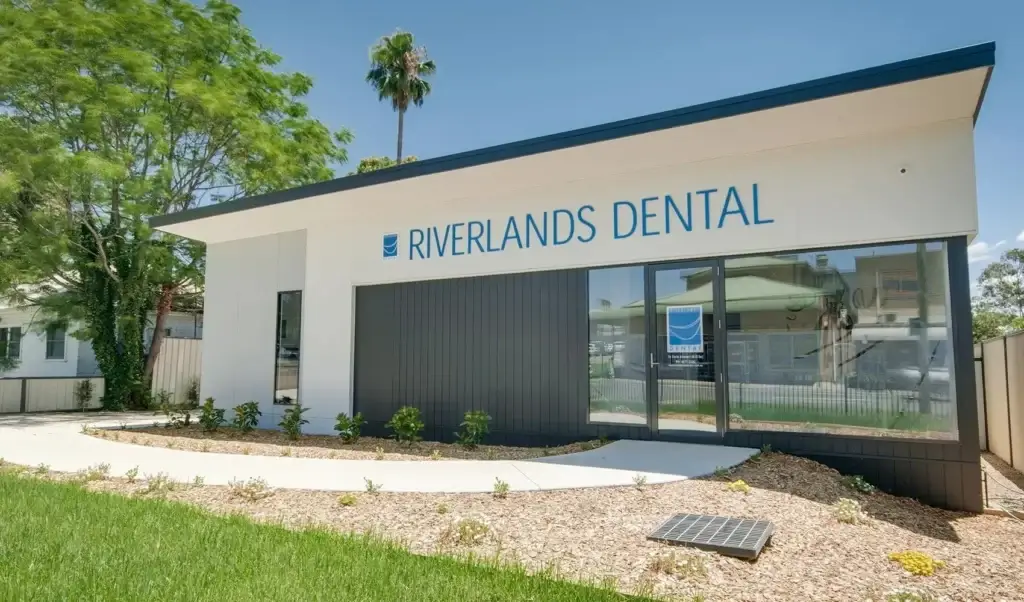When you develop oral health problems such as gum disease or tooth decay, we want to work quickly to treat the problem with general dentistry and reverse damage as quickly as possible.
Gum disease, also called periodontal disease, is a chronic infection of the gums and other tissues that surround the teeth. It is not only the leading cause of tooth loss, it has been linked to heart disease, dementia, and cancer. Treating gum disease has been linked to lower overall healthcare costs in some studies.
Tooth decay can damage your teeth, and, if left untreated, can cause a life-threatening infection. The sooner we find and repair decay, the less expensive and invasive treatment will be. Treatments for tooth decay include, generally from smallest to largest:
Dental fillings are typically the first treatment for tooth decay, although we can sometimes slow or even reverse the process with hygiene, diet, and other lifestyle modification if the decay is detected early enough. A filling involves removing the decayed part of the tooth and sealing it with composite, ceramic, or other materials.
A dental crown is a restoration that covers the entire visible surface of a tooth. It’s used when decay threatens the integrity of the tooth, putting it at risk for fracture and/or infection. When crowned, a tooth looks and functions like a healthy natural tooth, and is resistant to future decay and damage.
Root canal therapy removes infection when decay reaches the interior chamber of a tooth. Once the interior is cleaned out, a dental crown is usually used to protect and support the tooth. A tooth treated with root canal therapy can provide decades of healthy function.
If a tooth is too badly damaged to restore decay, we will have to extract it to protect other teeth and your overall health. After a tooth is removed, we have many option to replace it, including:
Though it’s usually best to try to save a tooth.



